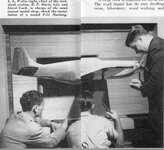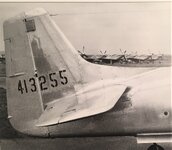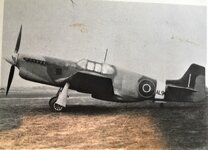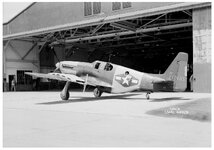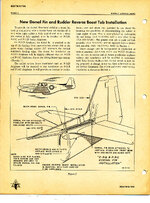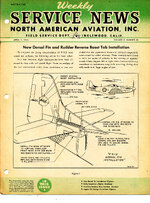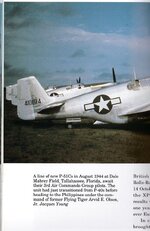Barrett
Staff Sergeant
The notion that 90 percent (or whatever) of shoot-downs never saw their attacker is unfortunately accepted as gospel. Apparently it started with Ray Toliver's bio of Hartmann, who made that assertion presumably based on his experience.
But
I'd attended enough postmortems in fighter aces "ready room" (hospitality suite) sessions to suspect otherwise. So when I distributed an air combat survey to the membership, I got over 200 replies. Here's the lowdown:
From WW I to the jet age, averaging responses from all theaters and services, both as "givers" and "receivers," 20 to 25 percent were by surprise. That tracked nicely with von Richthofen's stats if you take time to compute them. And he of course was the ultimate stocker.
But
I'd attended enough postmortems in fighter aces "ready room" (hospitality suite) sessions to suspect otherwise. So when I distributed an air combat survey to the membership, I got over 200 replies. Here's the lowdown:
From WW I to the jet age, averaging responses from all theaters and services, both as "givers" and "receivers," 20 to 25 percent were by surprise. That tracked nicely with von Richthofen's stats if you take time to compute them. And he of course was the ultimate stocker.

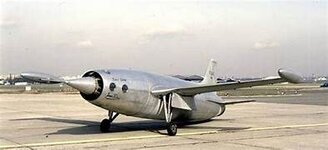
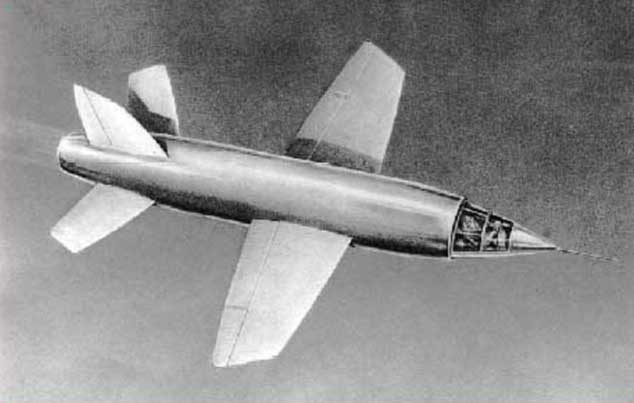
![354 WRV_Dutchess of Manhattan_feb1945 [marshall].jpg](/forum/data/attachments/786/786219-64128c20ef2759422b0281018b3a8174.jpg)
![P-51B-1 43-12095 DFF [kyburz].jpg](/forum/data/attachments/786/786308-a36244e41826cc18c9221126fdb921bc.jpg)
